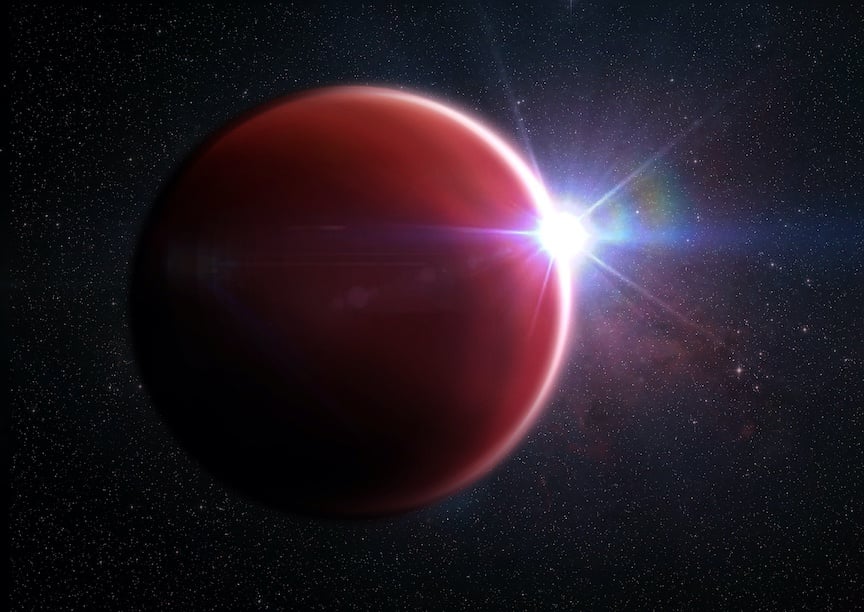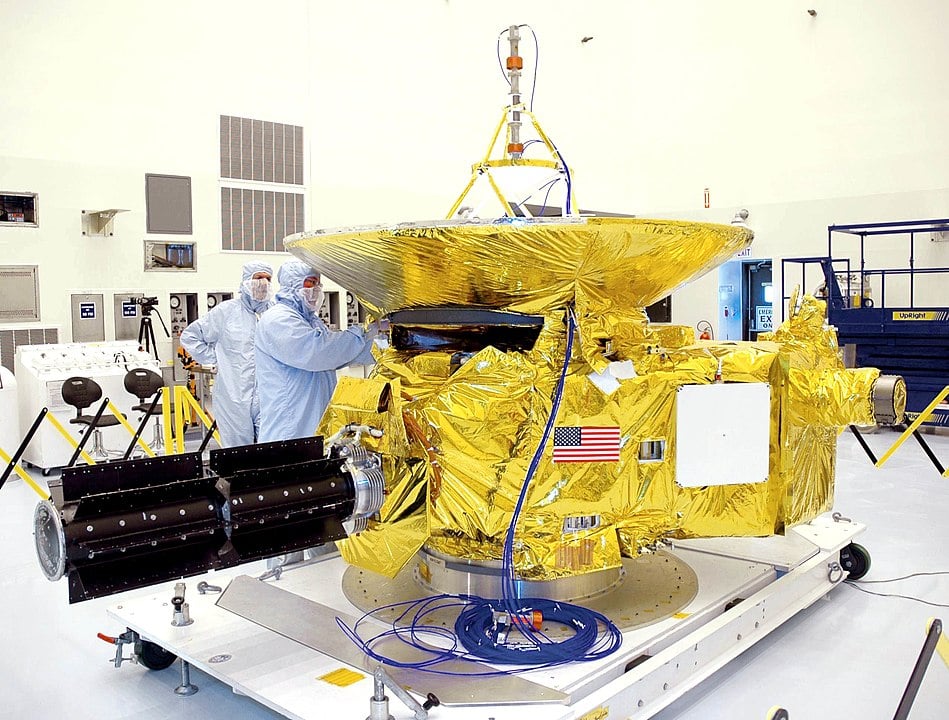
Thanks to an international team astronomers led from MIT, a nearby Sun-like star has been spotted with a system of five exoplanets, making it the perfect target for observations with the James Webb Space Telescope.
Continue reading

Researchers at the Oak Ridge National Laboratory recently conducted another neutrino experiment that could lead to the discovery of new physics.
Continue reading

According to NASA Goddard Institute for Space Studies (GISS), 2020 tied 2016 for being the hottest year on record!
Continue reading

A new study conducted by NASA scientists and Rice University shows how Iceland's environment is the closest analog on Earth for ancient Mars
Continue reading
Guided by the lessons of Biosphere 2 experiments, a team of experts is launching the Space Analog for the Moon and Mars (SAM2) experiment to learn what we need to know so we can colonize the Moon and Mars someday
Continue reading

A new process highlights an innovative way to get old sky images online… and turned up a potential extra-galactic discovery over a century old.
Continue reading

A new study by an international team shows how the physics of a black hole's event horizon could allow us to harness limitless energy from them someday.
Continue reading

SpaceX has just acquired two former oil drilling rigs off the coast of Texas, which it is converting into launch facilities called Phobos and Deimos
Continue reading

A new study proposes that the upper mass limit for black holes could be a million times larger than we thought.
Continue reading

Virgin Orbit has successfully tested its new air-launch system (LauncherOne) that will deliver small satellites to orbit in the near future.
Continue reading

Chandrasekhar found there is an upper limit for the mass of a white dwarf, but some white dwarfs can break that limit for a time.
Continue reading

A new proposal from the inventor of the E-sail shows how we could create an Earth-like space habitat around Ceres, which could be a gateway to the rest of the Solar System
Continue reading

















































